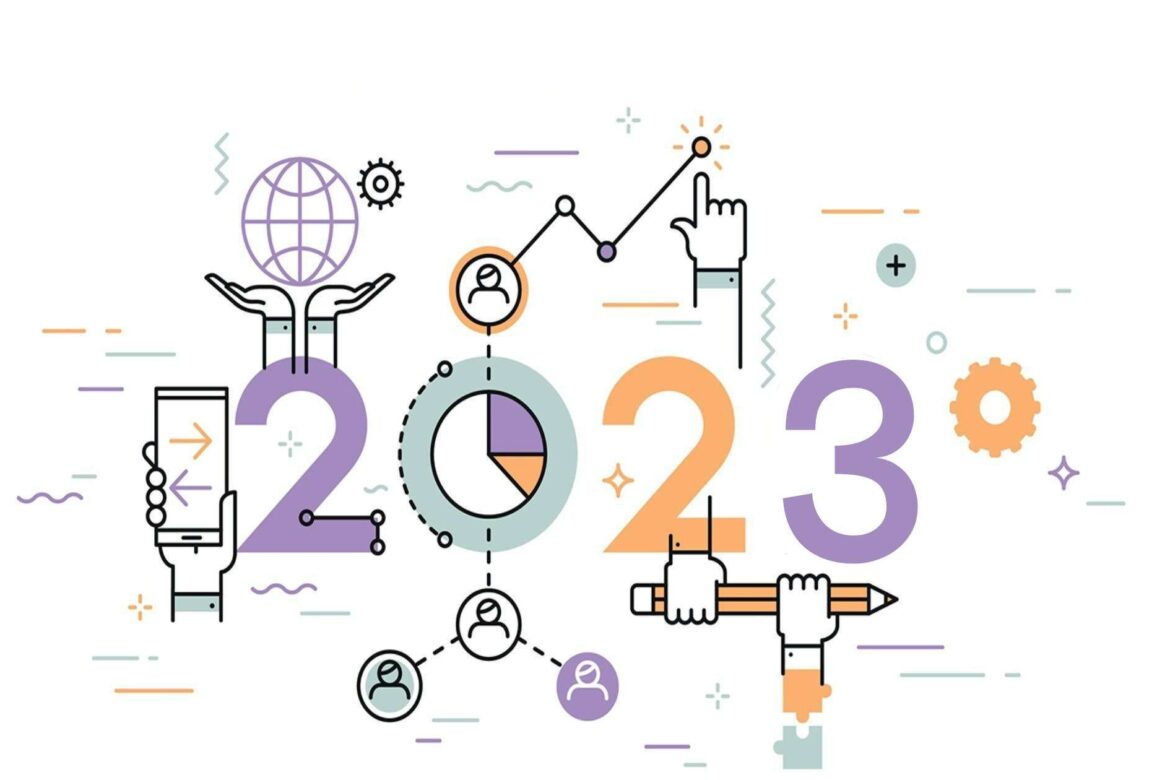Human Resource Management (HRM) has undergone significant changes over the years. Traditionally, HRM was viewed as a support function that focused on administrative tasks such as recruiting, hiring, and payroll processing. However, with the changing business landscape and the increasing importance of human capital, the role of HRM has evolved to become a strategic partner in organizational success.
Some of the key changes that have occurred in the field of HRM include:
- From administrative to strategic: Today, HRM is seen as a strategic partner that helps organizations achieve their business goals by aligning human capital strategies with the overall corporate strategy.
- Technology-driven: With the advent of HR technology, HRM has become more data-driven, efficient, and streamlined. HR professionals are now using analytics and artificial intelligence to make more informed decisions about recruitment, retention, and employee development.
- Employee-centric: The focus of HRM has shifted from solely managing the needs of the organization to managing the needs of employees. HR professionals now prioritize employee engagement, wellness, and development, as they recognize that happy and engaged employees are more productive and loyal.

- Globalization: With organizations expanding across borders, HRM has become more complex, requiring HR professionals to be knowledgeable about different cultures, laws, and regulations. International HRM is now a specialized field that focuses on managing human capital across borders.
- Diversity and inclusion: HRM has also become more focused on promoting diversity and inclusion in the workplace. HR professionals are working to create inclusive cultures that value and leverage the differences among employees.
Overall, the changing shape of HRM reflects the evolving needs of organizations and employees. HR professionals now play a critical role in helping organizations navigate a rapidly changing business environment by managing their most valuable resource – their people.


